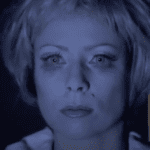 Weird Stuff
Weird Stuff  Weird Stuff
Weird Stuff  Our World
Our World 10 Ways Your Christmas Tree Is More Lit Than You Think
 Movies and TV
Movies and TV The 10 Coolest Stars to Set Sail on The Love Boat
 History
History 10 Things You Didn’t Know About the American National Anthem
 Technology
Technology Top 10 Everyday Tech Buzzwords That Hide a Darker Past
 Humans
Humans 10 Everyday Human Behaviors That Are Actually Survival Instincts
 Animals
Animals 10 Animals That Humiliated and Harmed Historical Leaders
 History
History 10 Most Influential Protests in Modern History
 Creepy
Creepy 10 More Representations of Death from Myth, Legend, and Folktale
 Technology
Technology 10 Scientific Breakthroughs of 2025 That’ll Change Everything
 Weird Stuff
Weird Stuff Ten Bizarre Facts About The Doge Meme
 Our World
Our World 10 Ways Your Christmas Tree Is More Lit Than You Think
 Movies and TV
Movies and TV The 10 Coolest Stars to Set Sail on The Love Boat
Who's Behind Listverse?

Jamie Frater
Head Editor
Jamie founded Listverse due to an insatiable desire to share fascinating, obscure, and bizarre facts. He has been a guest speaker on numerous national radio and television stations and is a five time published author.
More About Us History
History 10 Things You Didn’t Know About the American National Anthem
 Technology
Technology Top 10 Everyday Tech Buzzwords That Hide a Darker Past
 Humans
Humans 10 Everyday Human Behaviors That Are Actually Survival Instincts
 Animals
Animals 10 Animals That Humiliated and Harmed Historical Leaders
 History
History 10 Most Influential Protests in Modern History
 Creepy
Creepy 10 More Representations of Death from Myth, Legend, and Folktale
 Technology
Technology 10 Scientific Breakthroughs of 2025 That’ll Change Everything
10 Truly Bizarre Pseudoscientific Fields
Ah, pseudosciences. Sometimes, they’re a sham to fleece gullible punters of their hard-earned coin. Other times, they’re practiced by merely earnest (or delusional) individuals who sincerely believe that they alone have the answers science has yet to provide.
From magnets to butt wrinkles, this list covers some of the more interesting pseudoscientific theories and practices that have been or still are believed by man.
Warning: Do not try any medical pseudoscience without discussing it with your doctor (a real doctor) first. Although we can’t give medical advice, it isn’t wise to let just anyone look at your butt wrinkles.
10 Thought Field Therapy
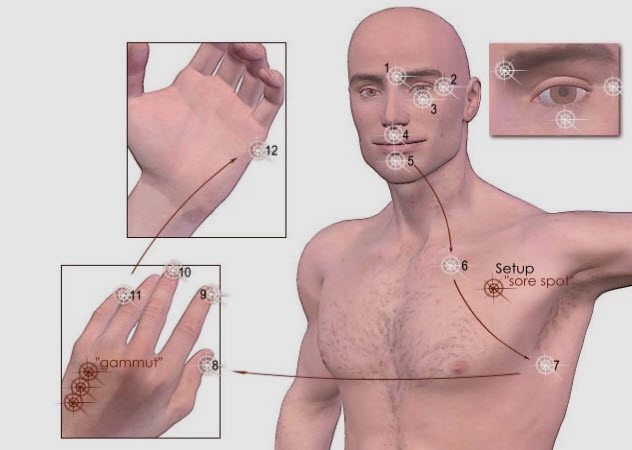
Thought field therapy (TFT) is a pseudoscientific theory that has been floating around since 1980. Psychologist Roger Callahan had been treating a patient with a crippling fear of water for over a year. Her phobia was so strong that just sitting near a pool during therapy could cause her stomach pains.
Callahan had recently studied Chinese medicine and learned of meridians, supposedly the vital pathways of energy which flow through the body. He remembered that acupuncturists claim that there is a spot on the cheekbone which taps into the stomach meridian. So he asked his patient to tap herself on the cheekbone in that location in hopes of reducing her stomach pain.
Miraculously, her stomach pain disappeared completely. But wait, there’s more! The patient’s entire phobia disappeared. She was able to run to the pool she previously couldn’t stand to look at, jump in, and begin splashing around. Thus, TFT was born.[1]
Since that time, TFT has become known as “tapping.” According to practitioners, it can be used to treat both emotional and physical illnesses. For emotional disturbances, all a patient needs to do is think of the problem he is experiencing and then stimulate the acupressure points that his trained TFT professional recommends.
Although tapping websites claim success rates of 75–97 percent, no empirical studies have been conducted which offer even a modicum of support for these outrageous figures.
9 Magnetic Therapy
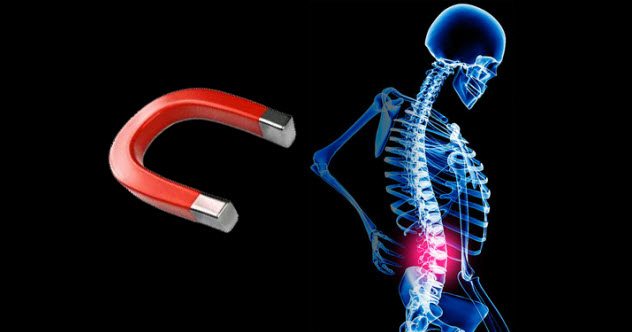
We’ve all seen those magnetic bracelets that you can buy at the drugstore which claim to cure your back pain, headaches, and just about anything else that ails you. There are many explanations given as to why magnet therapy may work. Some sellers claim it will affect your chi (your life force or energy fields).
Others say that the magnet will draw more blood flow to the area treated due to the iron in hemoglobin. Given that the iron in hemoglobin is not ferromagnetic, this logic seems a bit sketchy. (You can test this by waving a magnet over your blood. Trust us, nothing happens.) To date, no scientific research has found any credibility for any of these claims.[2]
Magnetic therapy implements on the market include bracelets, rings, shoe inserts, and magnetic mattresses. Even magnetic water has found its way into the online marketplace. Apparently, water that has been exposed to a magnetic field is very “soft and easily absorbed,” meaning you will be three times more hydrated! Surprisingly, no links to any kind of research to support this exciting claim are offered.
8 Eye Movement Desensitization And Reprocessing
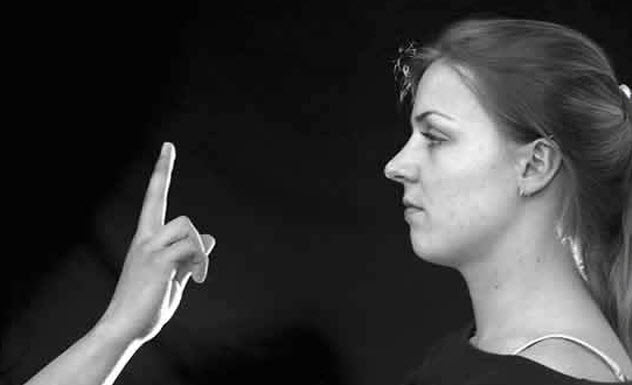
Eye movement desensitization and reprocessing (EMDR) is a psychotherapy treatment which aims to decrease the negative feelings and responses associated with traumatic memories. It is primarily used in the treatment of PTSD.
Therapy begins with keeping a memory of a traumatic event at the forefront of your mind while focusing your eyes on the therapist’s finger, which will move backward and forward. Over a series of sessions, patients are taught a variety of coping methods to handle emotional stress, such as imagery techniques.[3]
Treatment aims to aid the patient in identifying visual imagery associated with the traumatic memory, negative beliefs about the self, and related bodily sensations and emotions. Much study has been conducted to assess the efficacy of this therapy, but results have varied.
One pervasive theory is that EMDR does appear to be effective, but it is not the eye movements which are aiding patients. Instead, it is the more traditional talk therapy and coping strategy practices involved in a session.
7 Rumpology
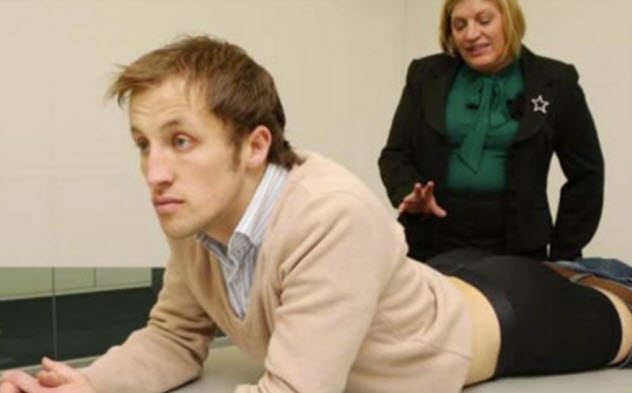
Yes, it is what it sounds like. Move over, palm reading, this one’s all about the booty. Rumpology is the art of reading the lines, crevices, dimples, and folds of the derriere to understand an individual and to see his past and future.
Jackie Stallone is one of the major proponents of this method of future telling.[4] Yep, that’s right, Sylvester’s mom. Her website claims that this is an age-old method of divination practiced in ancient Babylon, Greece, India, and Rome. Apparently, the left cheek represents the past and the right hemisphere of the brain, while the right cheek gives insight into the future and the left side of the brain.
6 Ear Candling
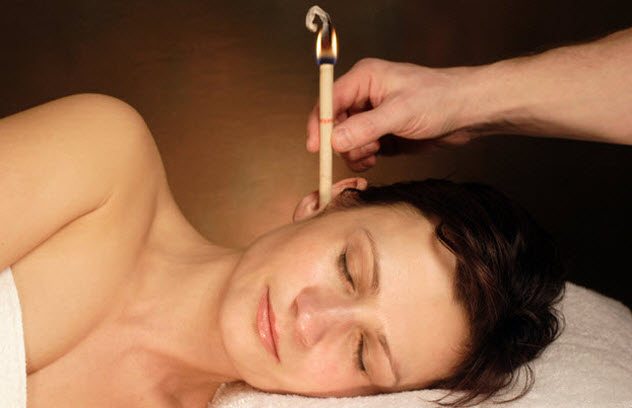
We’ll start this off with a disclaimer. Please do NOT stick burning things in your ears at home. Don’t do that. Okay, cool.
Now, ear candling. Essentially, it involves lying on your side, sticking 25-centimeter-long (10 in) hollow candles into your ears, and burning them for about 15 minutes. Why?
Allegedly, the candle creates a kind of suction force as it burns, pulling wax and other debris out of the ear canals. When you put out the candle, you can cut it open and see what goodies it sucked out.
However, skeptics have burned the candles without putting them in the ear. When cut open, the candles still had the same debris inside. Analysis showed the debris to be a mix of burned wax and fabric from the candle itself.[5]
Fans believe that all the passages in your head are connected, so by cleaning your ears, you can give yourself a clear head. For the record, this is categorically untrue. There are solid barriers in your head, like the eardrum. Ear candling is not proven to have any effects at all. The amount of pressure needed to pull wax from an ear would burst the eardrum.
5 Gua Sha

Gua sha (“scraping sha bruises”) involves scraping the skin with a flat, boardlike tool to improve circulation. The skin is scraped with either long or short strokes, which are said to stimulate circulation and increase blood flow to the targeted area.
Gua sha is meant to break up stagnant deposits of chi energy and get them moving again, reducing inflammation and chronic pain. Be ready for some impressive battle wounds from this therapy. It is not uncommon for patients to be left with bad bruising or even skin bleeding. Ouch!
Of course, it might seem a little strange to pay someone to intentionally bruise and bleed you to reduce pain. There is not an abundance of empirical study into the efficacy of gua sha at this time.[6]
However, it’s important to consider the risks before trying it. If gua sha risks breaking your skin, there is a potential for infection. If you bleed, others may have bled before you. Exercise caution with this therapy, and make sure the practitioner sterilizes any equipment prior to beginning treatment.
4 Craniosacral Therapy

Craniosacral therapy (CST) involves lightly holding the skull and sacrum in conjunction with very slight, barely detectable movements. Practitioners and patients of this therapy believe that these minute manipulations have the ability to change the pressure and circulation of the cerebrospinal fluid, which surrounds the brain and spinal cord.
John Upledger, the “founder” of this therapy, claims that CST works with the natural rhythms of different body systems to pinpoint and correct issues.
There are many who are skeptical of this particular intervention. Their key point of debate is the fact that the bones of the skull physically cannot be moved enough to change pressure or circulation of the cerebrospinal fluid.[7]
3 Metoposcopy

Metoposcopy is the art of forehead reading to tell the future, which reached its peak in the Middle Ages and Renaissance. It was thought that by assessing the wrinkles of a person’s forehead, their character could be judged and their future foretold.
This pseudoscience was created by 16th-century mathematician and astrologer Girolamo Cardano. According to legend, he starved himself to death at 75 rather than live and prove his astrological predictions incorrect.
Needless to say, metoposcopy didn’t really catch on. Although Cardano worked on over 800 facial diagrams, his new science did not continue on after he passed.[8]
2 Biorhythms
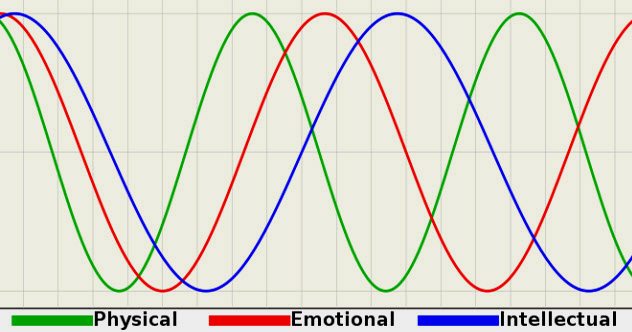
Biorhythmic theory suggests that humans are subject to a series of rhythmic cycles which impact our lives in varying areas. Three primary cycles were originally identified: a 23-day physical cycle, a 28-day emotional cycle, and a 33-day intellectual cycle. Some proponents claim to have identified new, hybrid cycles.
Supposedly, these cycles affect your performance in daily life. When your physical cycle is low, you may be clumsy or less athletically inclined. If you have sporting tryouts that fall on a day when you are low in the physical cycle, it may be wise to try to reschedule to a time closer to the peak of your physical cycle.
Numerous experiments have investigated whether this theory has any merit. But a comprehensive review of these studies finds that not a single one has any statistically significant results which cannot be explained by poor study design.[9]
1 Color Therapy
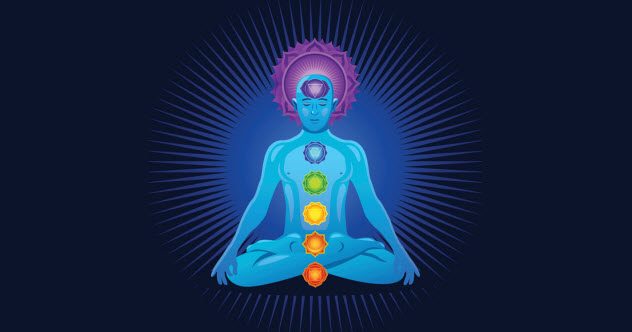
Color therapy is based on the concept that the flow of energy through the body passes through seven main centers called chakras (crown, brow, throat, heart, solar plexus, sacrum, and base). Each of these chakras is related to one specific color—violet, indigo, blue, green, yellow, orange, and red, respectively.
Color therapists believe that balance between these seven areas, each responsible for a different aspect of our lives, is imperative to health and well-being. As a result, if the chakras are unbalanced, physical and mental well-being will suffer.
To bring you back to full, rainbow-tastic health, color therapists “apply” the color(s) in which they believe you are deficient.[10] Essentially, they shine some really pretty lights on the patient and poof! All better! Sure, there’s no real evidence to suggest that this is in any way effective, but hey, it’s still better than letting someone scrape you until you bleed.
For more crazy stories about pseudoscience, check out 10 Pseudoscientists And Their Bizarre Theories and 10 Weird Examples Of Pseudoscientific Technology.







